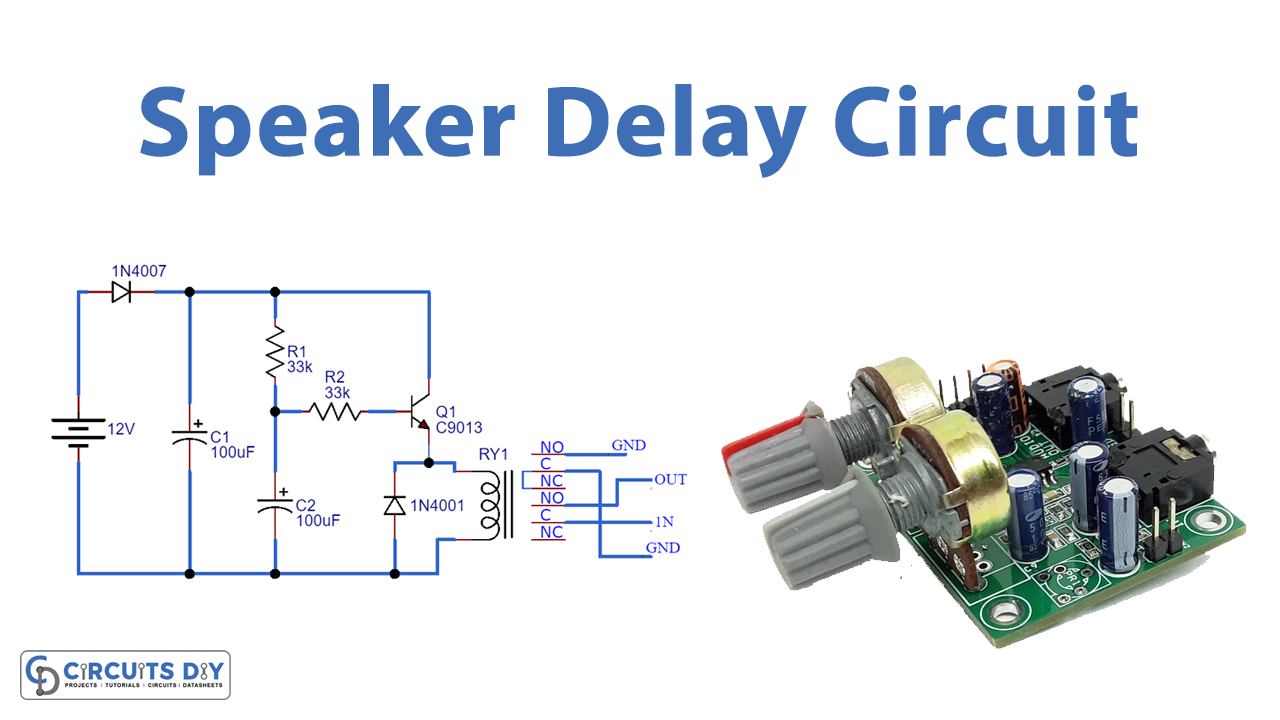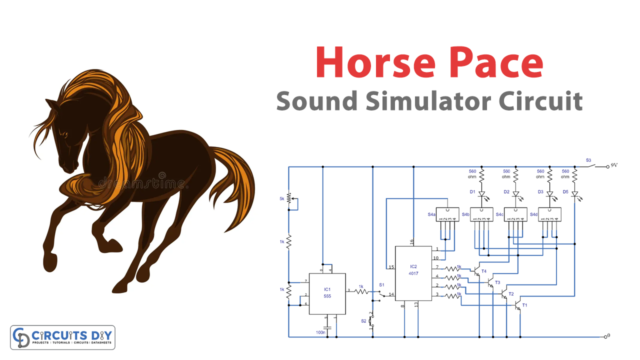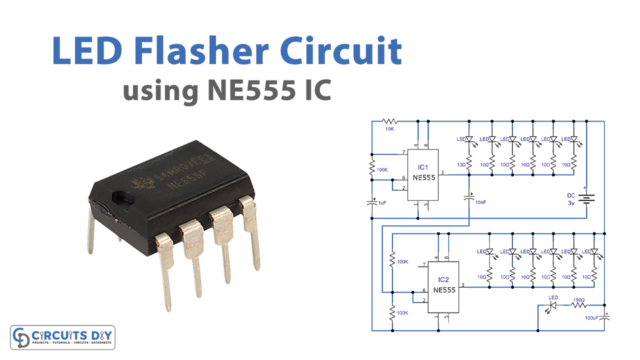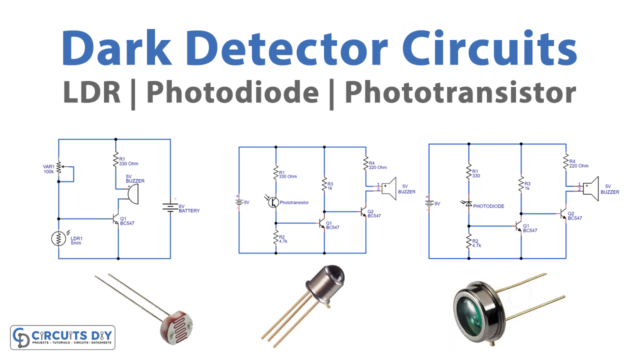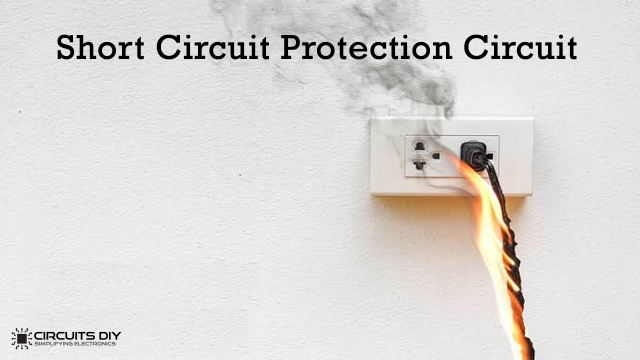Introduction
The control element is the requirement in sound systems to prevent noise in the initial working moments of the amplifiers and to prevent speaker damage. Thus, using a delay in speaker circuits can help to avoid damage. So, In this Tutorial, we are going to make a “Simple speaker delay circuit”. This circuit is easy, tiny, and affordable.
This circuit serves as a timer for turning your on and off your speaker. While we activate an amplifier, the speaker will be disconnected via the speaker delay circuit. It waits for the previously lost spike voltage. Then it reconnects a speaker as normal.
Hardware Required
| S.no | Component | Value | Qty |
|---|---|---|---|
| 1. | Transistor | C9013 | 1 |
| 2. | Resistor | 33K | 2 |
| 3. | Capacitor | 100uf | 2 |
| 4. | Diode | 1N4007 & 1N4001 | 1,1 |
| 5. | Inductor | – | 1 |
| 6. | Switches | – | 4 |
Circuit Diagram
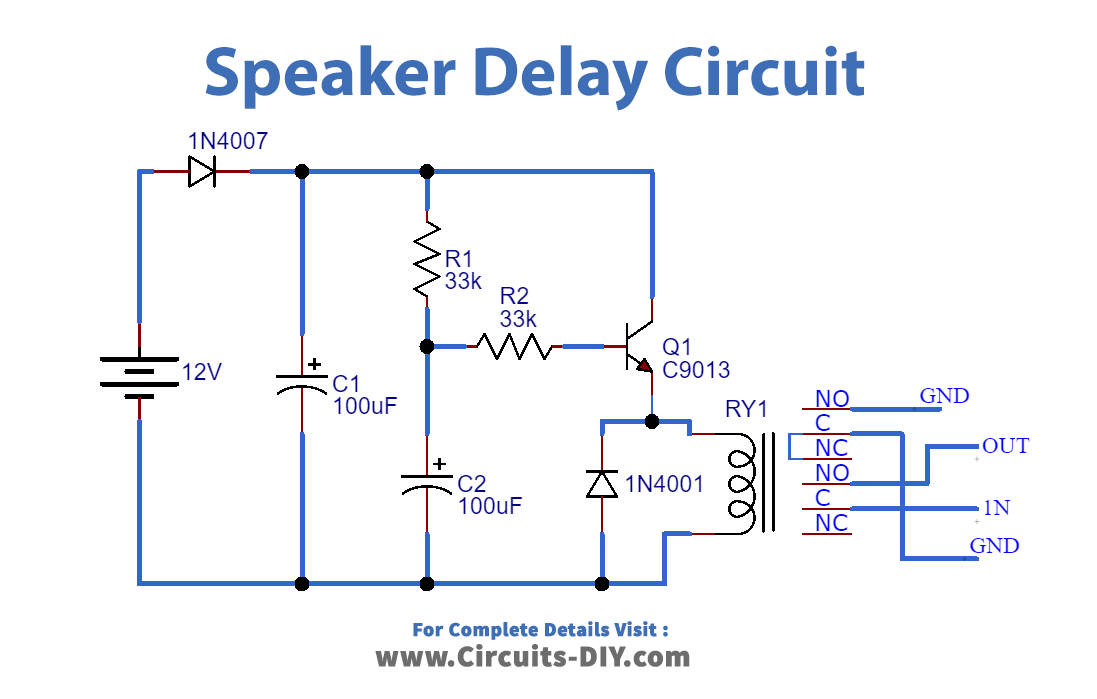
Working Explanation
This Simple speaker delay circuit has a low voltage across it. There is no bias current at the base of transistor Q1 to Resistor R2. As a result, Q1 and RY1 do not function. Capacitor C1 gradually charges current until it is full. Then, when Q1 receives a bias current, it works. We need to Pull two contacts together to drive a relay. Connect the power amplifier to the speaker. Capacitor C2 can be used to set the delay time. If a long duration is required, add extra capacitance. However, if it is shorter, the capacitance of C2 is reduced.
A relay inside this circuit will turn off a speaker. After roughly 3 seconds, the relay will pull in the speaker to the power amplifier’s output.
Application Uses
- In audio amplifier circuits
- Speaker protection circuit


